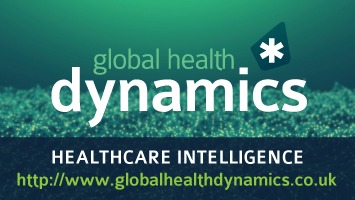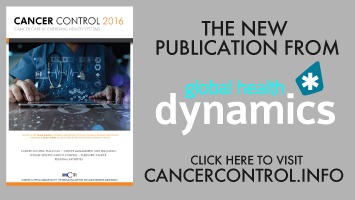Marie-Françoise Gros, Executive Director, Medical Affairs & Public Health, biomérieux
When discussing antimicrobial resistance (AMR), we often talk about the “pre-antibiotic era” and the coming “post-antibiotic era”. We believe that the world is entering the “diagnostic era”, an aspect of AMR that has not been sufficiently discussed over the past decades. Why? Probably because we still rely on almost the same methods used 100 years ago that are based on the slow growth of organisms. The lack of rapid, sensitive diagnostic tests is of particular concern now, when antibiotics are no longer as numerous and effective.
Diagnostics remain an under-recognized and under-exploited tool for antibiotic resistance containment. Several reports (1) now consider the development of more rapid diagnostic tools as being just as critical as the development of new antibiotics. Faster, simpler diagnostic tests would promote appropriate antibiotic prescription, particularly in the primary care setting, guiding the use of the most targeted antibiotics as early as possible, and only when necessary.
As antibiotic resistance rises, “sensitive”, “intermediate” and “resistant” results obtained from Antibiotic Susceptibility Tests (AST) no longer offer sufficient precision in all situations, and MIC (minimal inhibitory concentration) measurements are becoming increasingly useful, as well as the use of expert systems for systematic validation of AST results. In addition, new technologies, such as multiplex PCR tests, now enable simultaneous detection of multiple organisms (bacteria, viruses, fungi and parasites) and some of the most important resistance-causing genes within one hour, directly from clinical specimens, providing not only actionable results but also leading to new perspectives in the epidemiologic tracking of pathogens.
Much remains to be done to improve diagnostics for preventing, tracking and controlling AMR. In particular, enhancing the detection of important pathogens from non-invasive specimens, like saliva or urine, and increasing the sensitivity of assays that can detect infections directly from blood samples without time-consuming culture. Host response biomarkers provide another promising alternative to distinguish viral from bacterial infections, and could become major tools for guiding appropriate antibiotic use. Procalcitonin or C-reactive protein have already demonstrated their ability to efficiently target patients with bacterial infection. There is a need to further develop these types of biomarkers into point-of-care formats and to validate other candidate biomarkers.
It is most likely through a multifaceted approach that we will succeed in providing the high-medical-value tools for this new “diagnostic era”: rapid, simple and ultra-sensitive pathogen detection assays, predictive host response markers, syndromic multiplex PCR panels, enhanced chromogenic culture media, sophisticated next-generation sequencing-based tests (NGS), incorporated “Information Technology” solutions, as well as mobile connectivity using smart phones for data transmission and epidemiologic studies. Finally, it is essential that new approaches to diagnostics address not only human health but also animal health and environmental control since it is now clear that AMR is a “One Health” issue.
It is bioMérieux’s ambition to respond vigorously to the AMR challenge. Working alongside healthcare professionals for over 50 years, bioMérieux provides diagnostic solutions to detect, prevent and control infectious diseases. The fight against healthcare-associated infections and rising antimicrobial resistance is at the very heart of our activities. By increasing our collaborations with patients, healthcare administrators, politicians and researchers, as well as the general public, we are prepared to tackle and solve this global AMR crisis together.
For further information contact
References
1. Rapid Diagnostics: stopping unnecessary use of antibiotics, J O’Neill, Oct 2015







